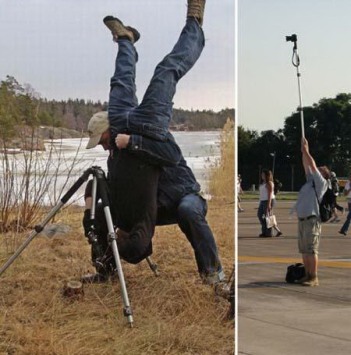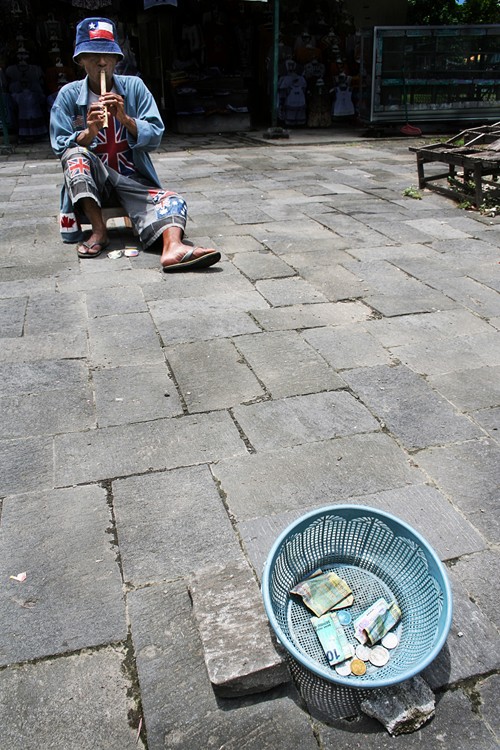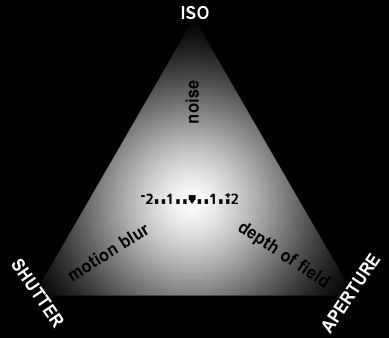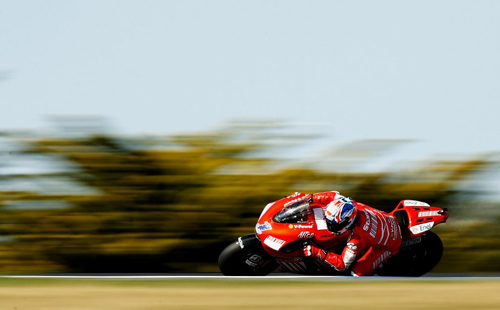
Photographer: Quinn Rooney
Photographing a motorcycle race isn’t easy and requires a special expertise. Split-second moments and various technical photographing conditions become hindering factors for the photographers. Here are 9 tips to better photograph a motorcycle race event. These tips can also be applied to other sports events that involve high speeds. I hope they’ll be useful:
1. Camera mode
To simplify use when shooting, set the camera to the Aperture Priority mode (AV on Canons and A on Nikons). Set it at the widest aperture (indicated by the smallest number), with a medium ISO setting (such as ISO 400). This is to ensure a fast enough shutter speed to capture the racers’ movement, minimalizing blurs.
2. Servo focus
Usually, there are several auto mode focus options on a DSLR camera. On Canons, for example, there are 3 auto focus modes consisting of AI Shot, One Shot, and AI servo. If you are photographing objects in constant movement, motorcycle racers in this case, it’s highly advisable that you use the AI-Servo mode (AF-C on Nikons). The AI-Servo/AF-C is an auto focus mode where the DSLR will constantly track the movement of the object as long as the shutter button is pressed halfway.
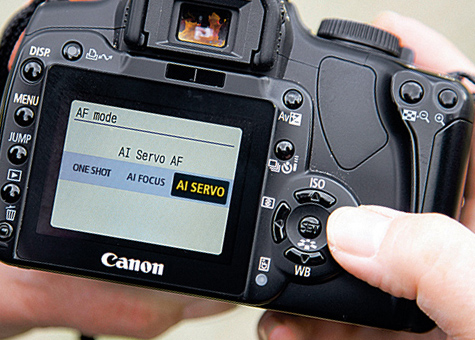
3. Continuous shooting
When photographing physical sports like motorcycle races, more often than not that perfect moment can’t be captured by a singular shot. Tens maybe hundreds of frames need to exposed to get that split-second of perfect moment. For that, it’s best that you use the burst or continuous shots mode. Continuous or burst shots mode will automatically capture multiple shots to lessen the chance of losing that priceless perfect moment.
4. Extra memory
Using the continuous burst mode has its consequences in the draining of memory. That’s why you will need extra storage space to ensure you’ll have enough space to store all those multi-bursts. Not only that; the data storage capability of the memory cards will need to have a fast rate of saving. At the least, you will need a CF with a speed of 30 Mbps or SDHC/SDXC SD cards. For more information, read my past posts on type of DSLR memory cards.
5. Panning techniques
To achieve a dramatic effect on your motor racing photos, use the panning technique. Basically, in panning, you photograph all the while following the movement of the object. With this technique, you’ll be able to achieve a dramatic photograph where the object looks focused and sharp while in front of a background appearing to have been swept away. This creates more dynamic objects in the photograph. For more details, go to my other article on tips on how to successfully achieve the panning technique.
6. Telephoto lens
Use a telephoto lens when photographing a motor racing event, because you will certainly not be able to photograph at close range. Also if available, use a monopod because using a telephoto lens requires extra balance. Any shock will compromise the sharpness of the photograph.
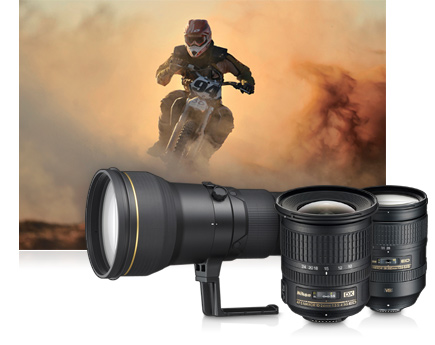
7. Wide apertures
You are sometimes photographing behind barrier fences when photographing motorcycle races. If you want to take photographs without the fences appearing on the foreground, use the widest possible aperture. The narrow depth of field (at a wide enough aperture) when using a wide aperture will create the effect that the fences are not there at all.
8. Extra batteries
Don’t forget to prepare a backup battery pack because you the constant use of continuous shooting will surely drain out your battery quickly. How much of a bummer would it be if your battery ran out in the middle of it all?
9. Location
Because you are inevitably in the spectator area, there’s a chance you’ll be in a spot where you can’t freely move. This will hinder the capturing of those desired moments and angles. To avoid such a predicament, arrive earlier than everybody else and find that perfect location to get the maximum results.











